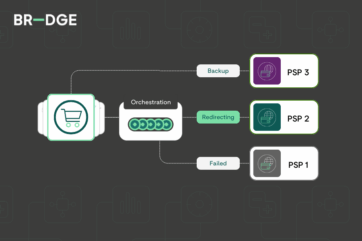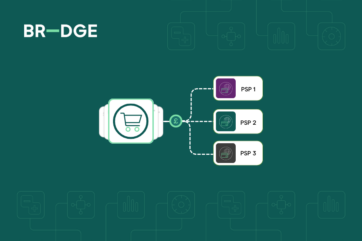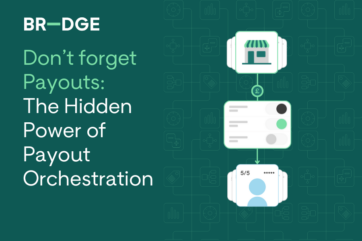
Tackling the turbulence in travel payments

The travel and leisure sector are resilient to a little turbulence; however, the last two years have been especially challenging for businesses within the sector. From navigating complex and constantly changing rules, to balancing erratic trade peaks, volume refunds and growing customer expectations it has been a race to digitise and optimise to stay afloat.
In the payments sphere, travel and leisure sector have some of the most complex payment ecosystems. During the pandemic, a great deal of pressure has been placed on these systems, which in many cases were already outdated to begin with. The travel and leisure sector needs innovation within the payments journey.
The end-to-end customer experience
Despite buying behaviour evolving over the last few years, nothing could predict the impact the pandemic has had on the need for a strong online presence. For the travel and leisure sector this has now gone beyond simple search functionality. Your digital channels need to be immersive and engaging to capture the attention and interest of your audience, from point-of-sale promotions right through to a seamless payment process.
International travel and leisure organisations serve customers from all over the world, operating multi-territory strategies and diversifying marketing activity to suit the needs of your audience. To compete for custom, you are investing in customer-facing advertising, pop-up offers and seasonal sales activity, yet the online payment experience often remains unchanged. In order to truly serve your target audience, you need to give them the flexibility and choice to commit to purchase using their preferred payment method.
There are nuanced challenges in enabling customers to pay how they want, varying between cultures, currencies, and countries. Individual customer personas can add further complexity, with travellers booking for business or family breaks, which all come with their own unique payment needs. As a result, you need to offer a wide variety of payment methods to accommodate your global audience and build your partner relationships with multiple acquirers and PSPs.
The benefit is not only customer-facing too. Developing a multi-territory payments ecosystem would enable you to not only meet the needs of your growing international customer base but provide greater resilience. With additional payment processing avenues, you can optimise currency acquiring rate negotiation and elevate acceptance rates.
Managing risk and diminishing margins
Change, however, often comes at a cost. With traditionally high overheads, most in the sector operate at such low margins which makes managing change a risk. Whether change is to accommodate buyer behaviour or to address process innovation, both could significantly impact your bottom line. However, in this case for the better.
The high-risk nature of change leads to a reluctance to embrace modern technologies. This culture of risk aversion extends to payment ecosystems, with many in the travel and leisure sector persevering with traditional payment solutions, or sub-optimal partnerships with a single PSP (Payment Service Provider). Organisations need to embrace the latest platforms to convert a digital audience.
During the pandemic this really came to the forefront, as whilst navigating front-end designs to entice customers when travel had come to a standstill, most organisations across the sector were also tackling volume customer refunds and requests.
Back in March 2020, you had to be on hand with an alternative solution almost immediately as the pandemic struck, with options to keep capital in house such as rescheduled dates and vouchers. When refunds really hit their peak due to mass cancellations, many merchants also faced a near overwhelming number of chargeback requests too.
Without the technology and streamlined automation processes in place, organisations across the sector do not have the capability to manage unjustified disputes and have incurred sizeable costs. Many had to increase internal resource to handle volume, or simply write revenue off altogether, both impacting tight margins. Yet with advancements in the payment technology and intuitive platforms, you could find a minimal risk, high reward solution.
Payment orchestration can steady the course
Over the years due to the complex nature of legacy travel and leisure systems, the sector has fallen behind on the latest technology. Traditionally, it has been difficult to find a simple and cost-effective solution that addresses sector need; however, the last two years have been a catalyst for change. The sector needs payments innovation to rebuild a more resilient process, whilst establishing customer loyalty for growth post pandemic. Organisations across the sector need to adapt.
At BR-DGE we are empowering leading, international travel brands to take control of their payment process, putting the payment journey at the heart of digital conversion. Our simple to integrate Payment Orchestration Platform can provide you with the flexibility and agility you need to deliver a competitive and cost-effective payment experience, without changing your current digital payment partners, by simply using a single API.
We believe that merchants who embrace the shift to innovative technologies, offer greater customer choice and are better equipped to face the payment challenges of a digital-native future.
For more information on payment orchestration, contact our BR-DGE Builders.
Related content





